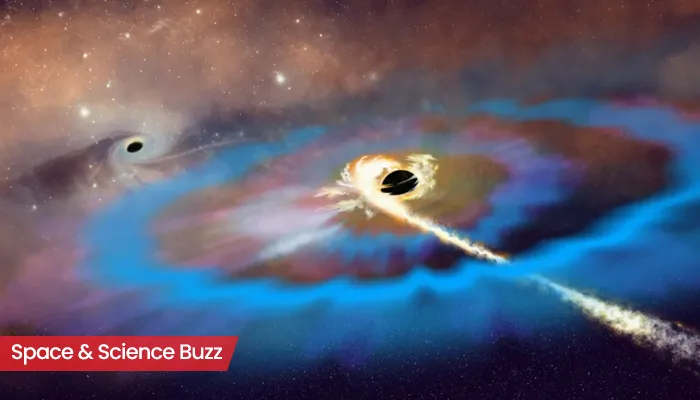.webp)
Here are today’s most important updates from the realm of Science and Space.
Tail Gone Missing! 3I/ATLAS Stuns Astronomers Yet Again
The mysterious nature of 3I/ATLAS continues to baffle scientists, especially after the latest images. In recent observations, the space object was apparently spotted without a tail after passing close to the Sun. Typically, comets develop a tail as they approach the Sun, due to solar radiation and wind pushing gas and dust away from the comet. Images taken by the R Naves Observatory in Spain on November 5 show 3I/ATLAS without a tail, despite expectations of significant outgassing. The object also brightened fivefold after perihelion and turned green, indicating possible diatomic carbon emission. Other scientists propose it might be a comet with an irradiated crust, altering its outgassing pattern. Meanwhile, Harvard astrophysicist Avi Loeb has argued that the object could be an alien spacecraft due to its unusual behaviour.
Scientists Unearth Potent Antibiotic That Was Right Under Our Noses
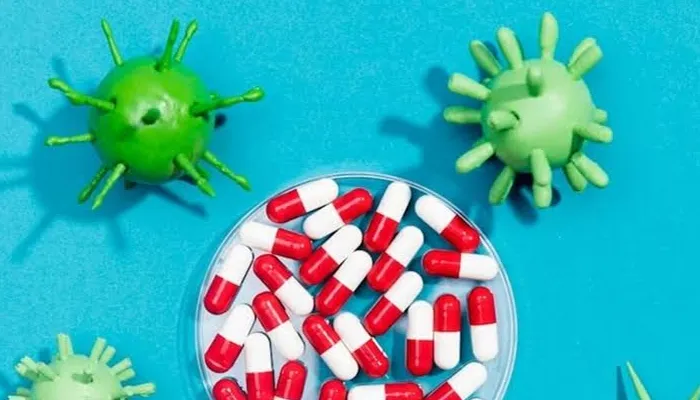
Scientists have identified a promising new antibiotic capable of fighting drug-resistant bacteria, including MRSA and VRE. The research found new intermediates in the methylenomycin pathway that are 100 times more active against drug-resistant Gram-positive bacteria. This discovery suggests a new paradigm for antibiotic discovery. By identifying and testing intermediates in the pathways to diverse natural compounds, scientists may find potent new antibiotics with more resilience to resistance that will aid us in the fight against Antimicrobial resistance (AMR), which is still one of the most serious global health threats. According to a recent World Health Organization report, there are “too few antibacterials in the pipeline.”
Think Painkillers Help? They Could Be the Reason Your Head Hurts
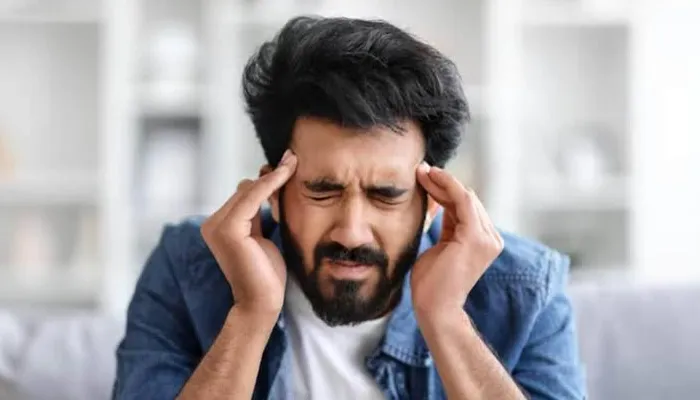
The pills you're taking for headaches might actually be perpetuating them. Opiates like codeine, used to treat moderate pain from injuries or after surgery, come with a long list of side-effects including constipation, drowsiness, nausea, hallucinations – and headaches. It's not just strong opiate-based medications that can cause headaches. Common painkillers like paracetamol and NSAIDs (non-steroidal anti-inflammatories, such as ibuprofen) can also play a role. Some medications even combine paracetamol with an opiate, such as co-codamol. Taking more than the recommended dose or using it too often can be very dangerous. This can lead to serious – sometimes fatal – complications, such as liver failure.
Scientists Stunned: Sea Urchins Have a Hidden Brain System Everywhere
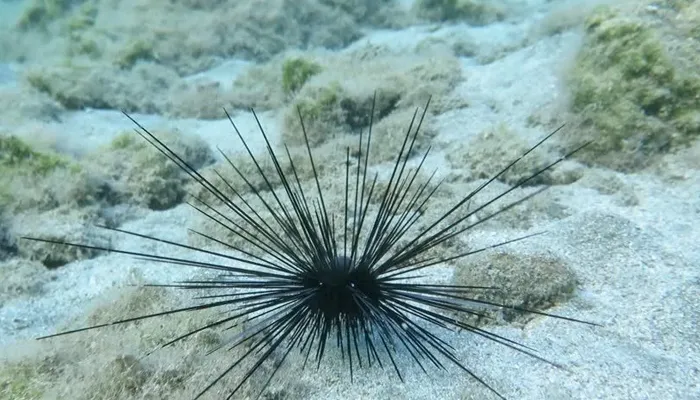
Sea urchins, the spiny marine animals, may appear simple, but new research shows their bodies are almost entirely made of "head" and contain a highly complex nervous system that works like an "all-body brain." An international team of researchers discovered that this system has a genetic organization similar to the brains of vertebrates, including humans. Jack Ullrich-Luter, biologist at the Natural History Museum in Berlin, said that their results show animals without a conventional central nervous system can still develop a brain like organisation. The team also observed that sea urchins possess light-sensitive cells, similar to structures resembling the human retina.



.WEBP)
.WEBP)
.webp)
.webp)
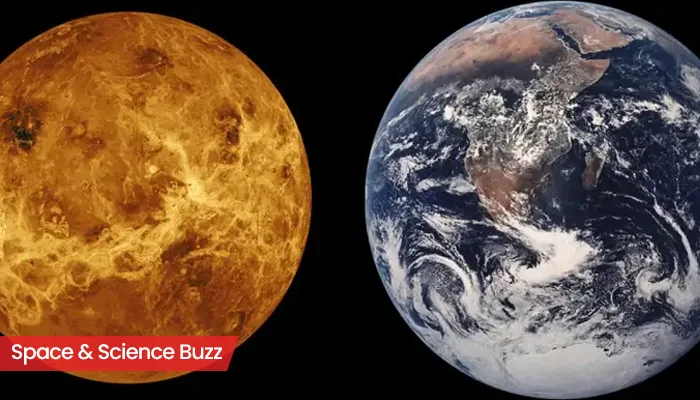

.webp)
.webp)
.webp)
